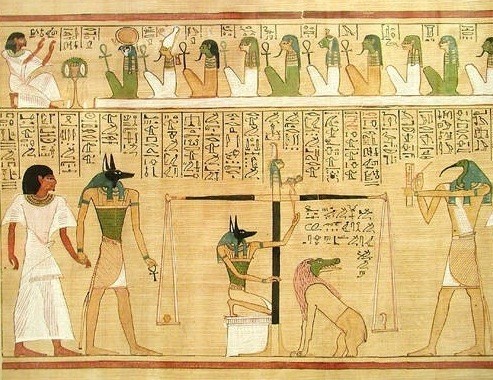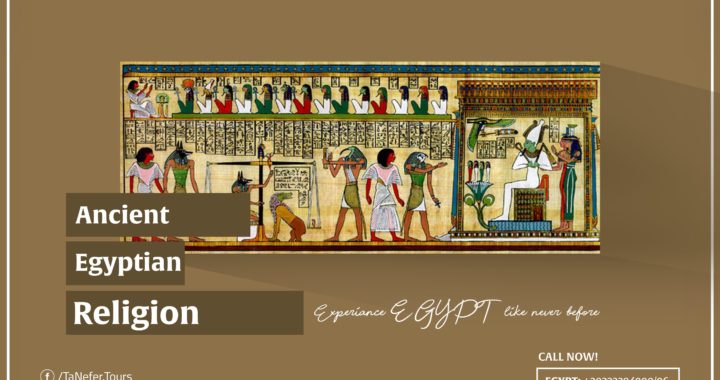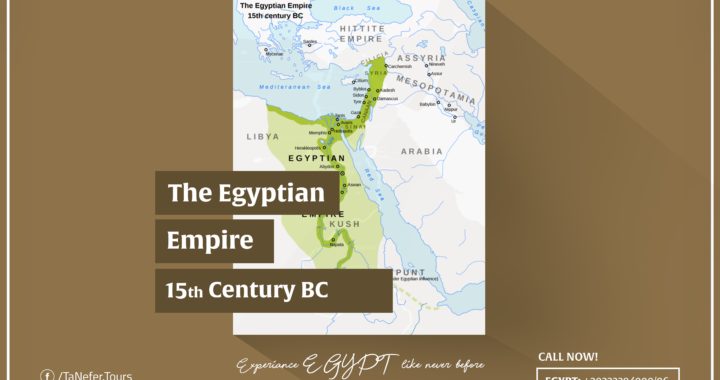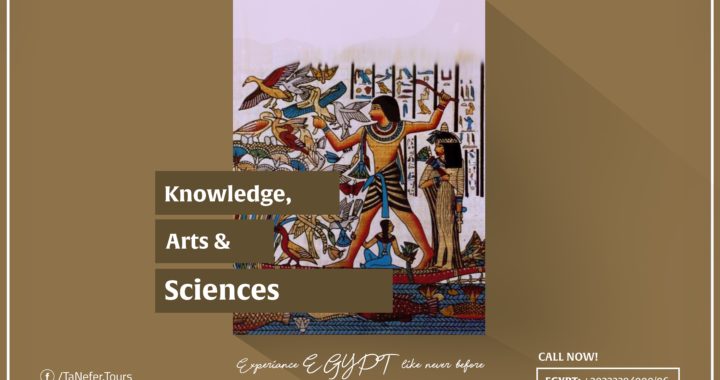Egyptian Empire
The Egyptian conception of the universe centered on Ma'at, a word that encompasses several concepts in English, including "truth," "justice," and "order." It was the fixed, eternal order of the universe, both in the cosmos and in human society. It had existed since the creation of the world, and without it the world would get lost. In Egyptian belief, Ma'at was constantly under threat from the forces of disorder, so all of society was required to maintain it.
On the human level, this meant that all members of society should co-operate and coexist; on the cosmic level it meant that all of the forces of nature should continue to function in balance
The beliefs and rituals now referred to as "ancient Egyptian religion" were integral within every aspect of Egyptian culture.
Their language possessed no single term corresponding to the modern European concept of religion. Ancient Egyptian religion was not a monolithic institution but consisted of a vast and varying set of beliefs and practices, linked by their common focus on the interaction between the world of humans and the world of the divine.






